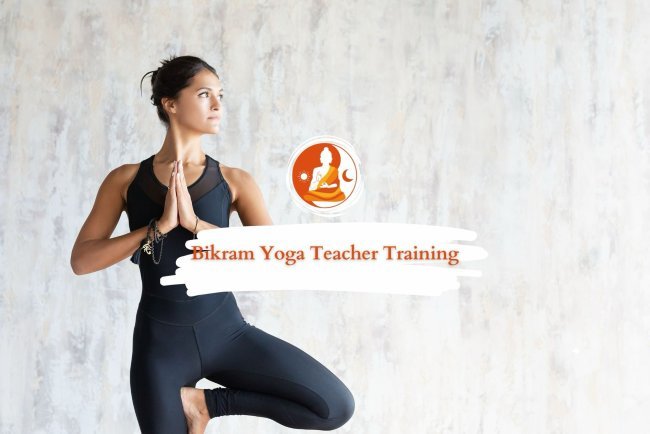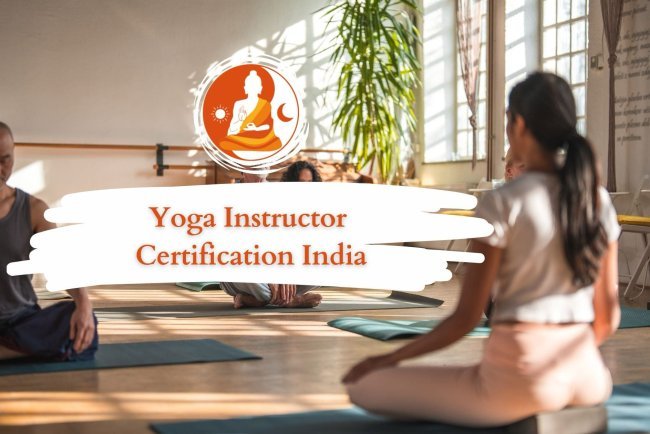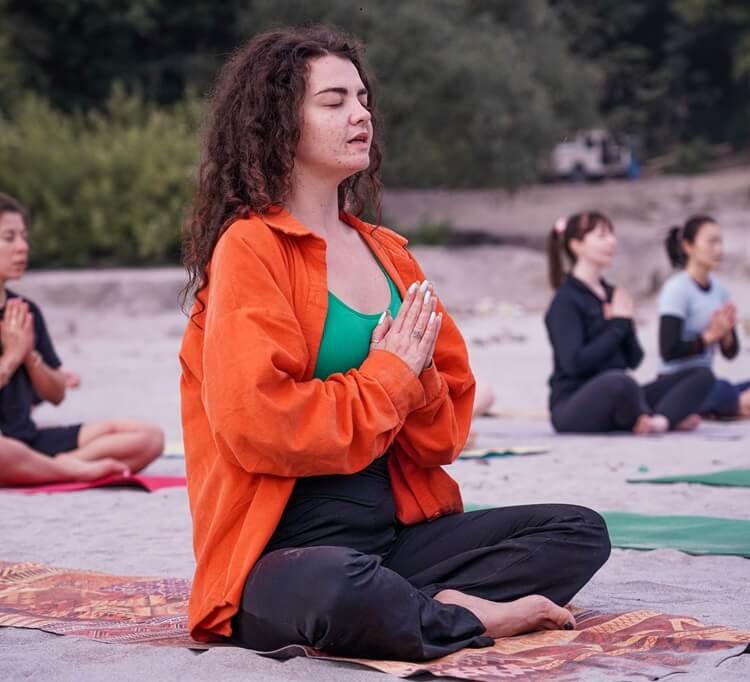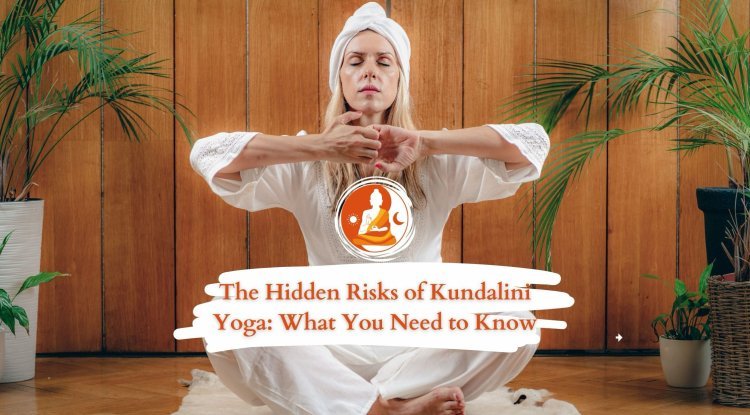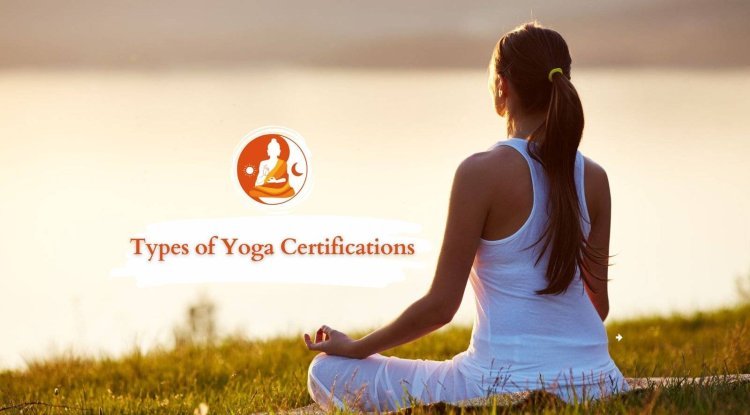How to Do Parvatasana?

The Mountain Pose in yoga, is one of the foundational asanas that focus on balance, stability, and strength. This asana is a great way to stretch, improve posture, and calm the mind. If one is a beginner, the proper understanding of the technique will help utilize this pose efficiently, and when done correctly, it also can help in instilling mindfulness and bringing inner peace. This perfect pose can always be added into a yoga practice; through consistent practice, one gains better posture and stronger muscles. Learning how to do parvatasana correctly enhances your yoga practice and provides many physical and mental benefits.
This article will guide you through Parvatasana procedure, its variations, and the advantages it offers, ensuring a comprehensive understanding of this transformative pose. With consistent practice, you can unlock the full potential of this simple yet powerful asana.
Ready to take on your yoga journey? Begin today with how to do parvatasana and discover the strength within you.
What is Parvatasana?
Parvatasana often means Mountain Pose, which basically symbolizes being as strong as a mountain yet steady. Various yoga sequences come with this practice, such as Surya Namaskar or Sun Salutation. A strong and elongated spine, like standing at the very peak of mountains, is featured in this stance, and for this reason, it represents stability with inner strength within. It also has variations depending on the practicing level, sitting parvatasana and lotus mountain pose that cater to different levels.
Also Read: What is a Moon Salutation in Yoga?
Parvatasan Steps
Follow these steps on how to do parvatasana:
- Begin in a Comfortable Position: Start by sitting in a cross-legged pose or Padmasana (Lotus Pose). Your spine must be straight and your shoulders relaxed.
- Stretch Your Arms Upward: Interlock your fingers and stretch your arms above your head. Keep your palms facing upward.
- Align Your Body: Make sure your head, neck, and spine are aligned. Engage your core for stability and balance.
- Hold the Pose: Take deep breaths and hold for 20-30 seconds or more depending on how you feel comfortable holding it.
- Release Gently: Slowly bring your arms down and rest your hands on your knees.
Check out Parvatasana Images below:
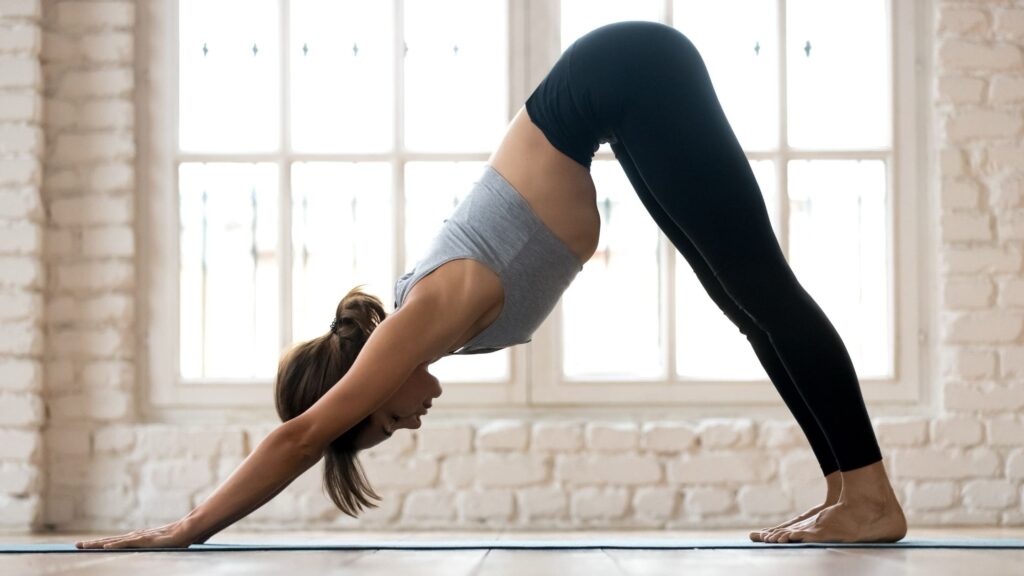
Seated Mountain Pose
Seated mountain pose is a seated version of the parvatasana pose and is particularly helpful for those who are not able to perform high-standing postures. It involves keeping the spine straight, strengthening the spine, and calming the mind.
How to do:
- Sit cross-legged on a yoga mat or stretch your legs ahead.
- Lock fingers and spread arms upwards.
- Keep your back straight and concentrate on the deep breathing.
- Hold it for 20-30 seconds; now, relax.
Lotus Mountain Pose
The Lotus Mountain Pose is a variation done while sitting in Padmasana. This asana is for infusing flexibility as well as concentration within the person.
Steps:
- Sit in Padmasana with a straight back.
- Stretch out your interlocked hands above your head.
- Carry your arms straight up keeping your back arched.
- Maintain the pose and breathe deeply and smoothly.
Parvatasana Yoga: Benefits and Steps
Practicing the mountain pose regularly also helps improve flexibility and focus. It aligns your body and mind, creating a sense of stability akin to a mountain—strong and unshaken.
- Improves Posture: Regular practice straightens the spine and thereby improves the posture.
- Strengthens Muscles: It strengthens the abdominal, back, and arm muscles.
- Increases Flexibility: Improves flexibility in the shoulders and spine.
- Improves Concentration: The practice helps focus the mind.
- Reduces Stress: The activity relaxes the mind and gets rid of mental stress.
Related Post: Difference Between Ashtanga Vinyasa Yoga and Vinyasa Yoga
Mountain Pose Benefits
The Mountain Pose serves to not just fit the physique but also the intellect, emotions, and well-being. Sustained exercise on how to do parvatasana will lead to a balanced body and mental states, rendering it an indispensable part of healthy living.
Common Mistakes to Avoid
- Slouching the Spine: Be sure to carry a straightened and stretched backbone.
- Tensing the Shoulders: Drop your shoulders loose and away from your ears.
- Losing Track of Respiration: Deep, repetitive respiration increases the power of the pose.
- Rushing through the Pose: Spend the time necessary in proper alignment and balance.
Beginner's Tips
- Props Assisted: Add support cushions or blocks for beginners.
- Gradual Increase: Start with short periods and increase the holding time with each practice.
- Attention to Alignment: First and foremost, proper posture is the emphasis when not on time.
- Imagery of mountain pose: Use images to have a better conceptual understanding of the pose.
Wind Up
The Mountain Pose is a very strong yoga practice, which not only helps to enhance one's physical strength, mental clarity, and emotional balance but also offers several other benefits when performed in the correct procedure. So, let's see what seated mountain pose, Padma parvatasana, and other variations have to offer. Consistency and mindfulness are the keys. Start incorporating this yoga into your daily routine to experience its transformative effects.
Frequently Asked Questions
The Mountain Pose is a yoga asana that focuses on balance, stability, and strength.
Learning the procedure correctly enhances your yoga practice and provides many physical and mental benefits. For beginners, start sitting in a cross-legged position, raise your arms above your head, and keep your spine straight.
The advantages of the mountain pose are improved posture, increased flexibility, stress relief, and strengthened core and back muscles.
lotus mountain pose is a variation of Mountain Pose performed in Lotus Pose (Padmasana) to increase flexibility and concentration.
Yes, there is a standing version and it is sometimes used in Surya Namaskar sequences.
Do not try this if you're suffering from spondylitis or have chronic pain in your upper back or shoulders. In case you're a beginner, do practice under the guidance of a proper instructor always.
What's Your Reaction?








